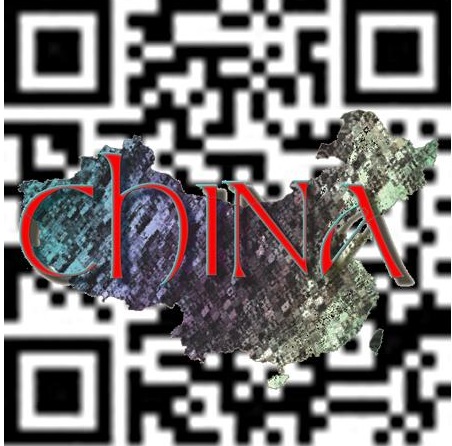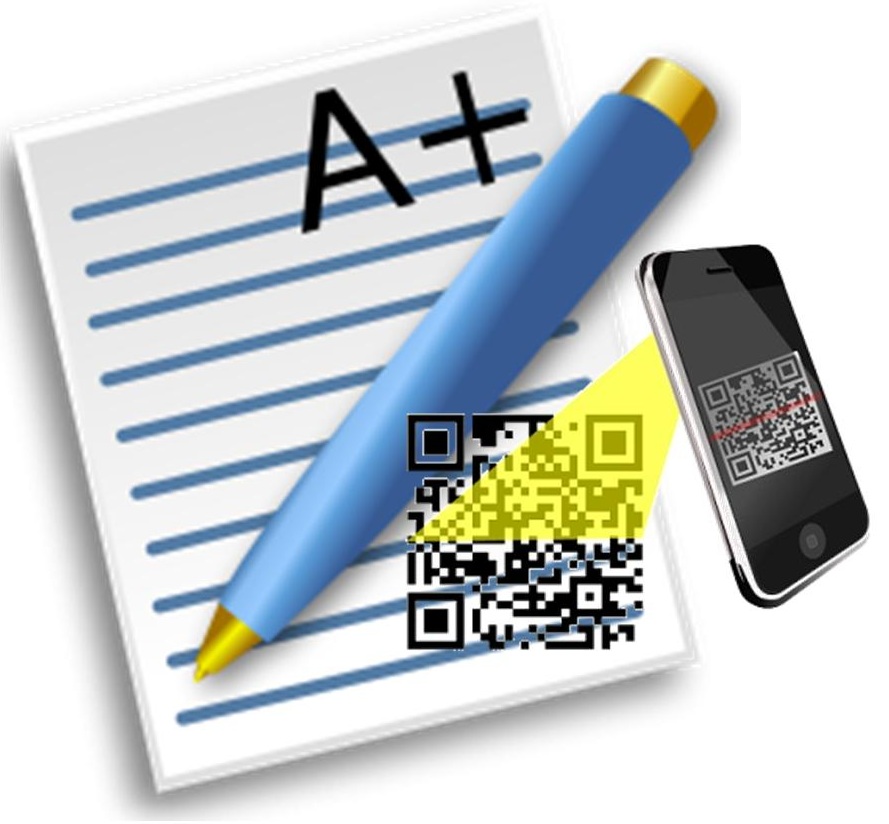 The near invisible quick response barcodes are looking for Chinese local investors and partners.
The near invisible quick response barcodes are looking for Chinese local investors and partners.
Israeli startup, Visualead, has just announced that it has launched its near-invisible QR codes in China, and that it is now looking for investors and partners in that country.
These barcodes are unique because of the fact that they are nearly invisible but highly scannable.
This helps marketers to overcome their current concerns with the fact that QR codes take away from the visual appeal of their advertisements. Visualead’s launch in China has been a very strong one as it began its entry to that market by becoming the winner of the Growth Stage Competition at a worldwide mobile internet conference last week.
The near invisible QR codes company is very positive about its launch in China and its successes so far.
According to Uriel Peled, the CMO of Visualead, “It’s very exciting”. Now that the company has won a quite a notable award, it intends to continue to make a big splash in the country by helping brands, marketers, and others to apply its QR codes technology in order to be able to improve communication between them and consumers in China.
Visualead was first launched in January. It functions by giving everybody the chance to generate QR codes through the uploading of a photo onto the website, merging the image and the barcode together. This is considerably different from the older versions of the barcodes which were limited to a black and white square made up of pixels.
The benefit of the Visualead nearly invisible barcodes, says the company, is that their highly improved visual appeal will help to encourage consumers to scan them. This is because they are more attractive and are therefore more likely to build engagement with the people who see them and who carry smartphones.
Though the generation of the QR codes is a part of a free service, Peled has said that the company has intentions to broaden its premium service. That is a paid version geared toward small businesses and enterprises, which can buy their barcodes for use on virtually any kinds of print materials, including retail products, banners, and brochures.

 Though people don’t typically like the way they look, they are still scanning them, study.
Though people don’t typically like the way they look, they are still scanning them, study.